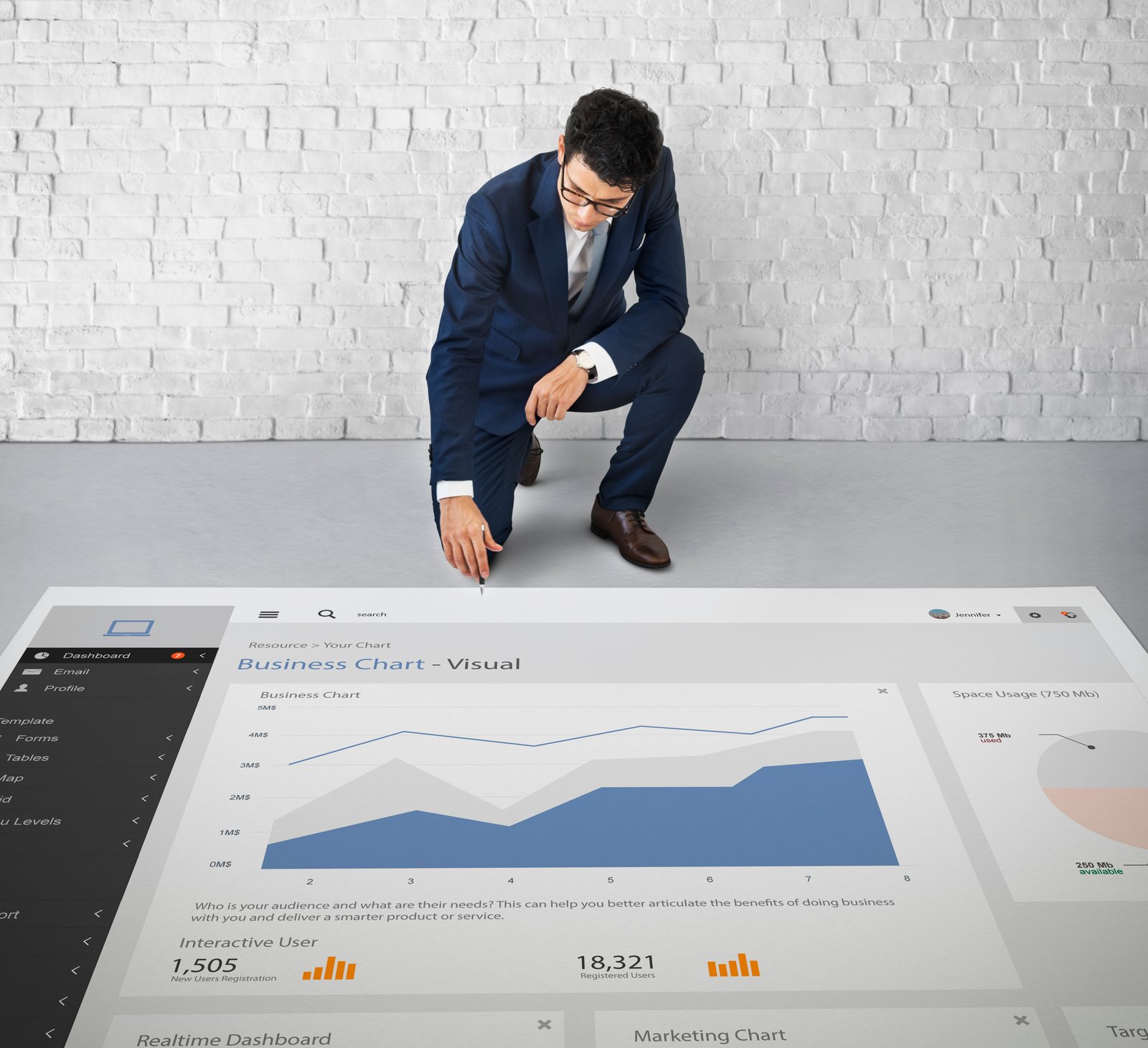
Top 7 Landing Page Strategies That Will Skyrocket Your Conversion Rates
Prioritize a Clear and Compelling Value Proposition
If you want to boost your business’s online performance, you can’t overlook the importance of your landing pages. These pages are often the first point of interaction between your brand and potential customers, making them crucial to your sales funnel.
The truth is, a well-optimized landing page can be the difference between a lead that converts and one that bounces. But how can you ensure your landing page is a conversion powerhouse? Let’s dive into the top 7 landing page strategies that will skyrocket your conversion rates.
1. Prioritize a Clear and Compelling Value Proposition
A strong value proposition should be the backbone of your landing page. When visitors land on your page, they need to immediately understand why they should stay and engage with your offer. If it’s unclear or confusing, they’ll simply leave.
Why This Matters:
Your value proposition tells your audience exactly how your product or service solves their problems or enhances their lives. To create an impactful value proposition:
- Use clear, benefit-driven language
- Address pain points directly
- Be concise — visitors should be able to understand your offer in seconds.
Action Tip:
Your headline should directly communicate your unique selling point (USP). Follow up with a subheading that reinforces it, and use bullet points to break down key benefits. For example:
Headline: “Get 50% More Leads with Our AI-Powered CRM”
Subheading: “Streamline your sales pipeline with cutting-edge technology designed to boost your conversions.”
2. Optimize for Mobile Users
More than half of all web traffic now comes from mobile devices, so it’s crucial that your landing page is mobile-friendly. A page that doesn’t load correctly on mobile can drive potential customers away before they even get the chance to see your offer.
Why This Matters:
Mobile-optimized pages ensure that all elements—images, buttons, forms, and CTAs—are easily accessible and functional on smaller screens. This includes:
- Fast loading times (preferably under 3 seconds)
- Clear, readable text without zooming
- Properly sized buttons that are easy to click
Action Tip:
Use responsive design to ensure your landing page looks good on all devices. Tools like Google’s Mobile-Friendly Test can help you spot issues. Don’t forget to test your page's load speed with tools like Google PageSpeed Insights.
3. Use High-Quality, Relevant Images
Visual content has a powerful influence on user behavior. People are naturally drawn to images, and the right visuals can dramatically increase conversions by highlighting the benefits of your product or service.
Why This Matters:
The images you choose should reflect the message of your landing page and engage visitors emotionally. Whether it’s showing your product in action, customer testimonials, or a behind-the-scenes glimpse, visuals can help build trust and make your offer more relatable.
Action Tip:
Use high-quality, relevant images that show your product in use, preferably in context. Avoid stock photos that look generic and impersonal. Real images of your product or service being used by actual people resonate more effectively.
4. Craft a Persuasive Call-to-Action (CTA)
A clear and compelling Call-to-Action (CTA) is the most important element of your landing page. If visitors don’t know what action to take next, they’ll leave. Your CTA should stand out, guide visitors, and convince them to act now.
Why This Matters:
A strong CTA directs users to the next step in the conversion process. Whether you want visitors to sign up, purchase a product, or request a demo, your CTA should be unambiguous and action-oriented.
Action Tip:
Use contrasting colors for your CTA button to make it pop. Phrases like “Get Started Today” or “Claim Your Free Trial” are more compelling than simple “Submit” buttons. Keep the action verbs direct and focused on the value.
5. Incorporate Social Proof and Testimonials
Social proof is a powerful psychological tool. When visitors see that others trust and value your product, they’re more likely to follow suit. Integrating testimonials, reviews, or case studies on your landing page is a great way to build trust and influence your audience’s decision-making.
Why This Matters:
Social proof can be a deciding factor in whether a visitor converts. Customer testimonials and user-generated content provide third-party validation that reassures your visitors. It makes your offer feel more credible and trustworthy.
Action Tip:
Display customer testimonials prominently on your landing page, ideally with photos or video for extra authenticity. You can also include trust badges, such as industry certifications or awards, to further build credibility.
6. Create a Sense of Urgency
Urgency is a well-known tactic for increasing conversions. When people feel that time is running out, they’re more likely to take action. Implementing urgency on your landing page can push users to act quickly rather than wait.
Why This Matters:
Urgency motivates action by creating a fear of missing out (FOMO). Whether it’s a limited-time offer, a special discount, or a countdown timer, urgency pushes visitors to make a decision faster.
Action Tip:
Use countdown timers, limited-time offers, or highlight the number of spots available to create urgency. For example, “Only 5 Spots Left!” or “Offer Ends in 12 Hours!” This sparks an immediate need to act.
7. A/B Test and Continuously Improve Your Landing Page
Finally, no matter how well you think your landing page is designed, there’s always room for improvement. A/B testing allows you to compare different versions of your landing page to determine which one performs better in terms of conversions.
Why This Matters:
Even small tweaks—like changing your headline or adjusting the color of your CTA button—can have a significant impact on your conversion rate. Continuous testing helps you optimize for what works best for your audience.
Action Tip:
Run A/B tests on different elements of your landing page, including headlines, images, CTAs, and overall layout. Use the data to make informed decisions and refine your landing page over time for optimal performance.
Conclusion: Ready to Skyrocket Your Conversions?
Your landing page is a critical touchpoint that can significantly impact your business's success. By implementing these 7 strategies, you can optimize your page to convert more visitors into paying customers. The key is not just to attract traffic but to ensure that your landing page is designed to guide visitors smoothly through their journey.
Start with a clear and compelling value proposition, optimize for mobile, include social proof, create urgency, and continuously improve with A/B testing. Your next high-converting landing page is just a few adjustments away.
Take Action Now!
Don’t let another visitor slip away. Implement these strategies today and see how quickly your conversion rates can climb. Need help optimizing your landing page? Contact us now for a free consultation and start driving more sales!







